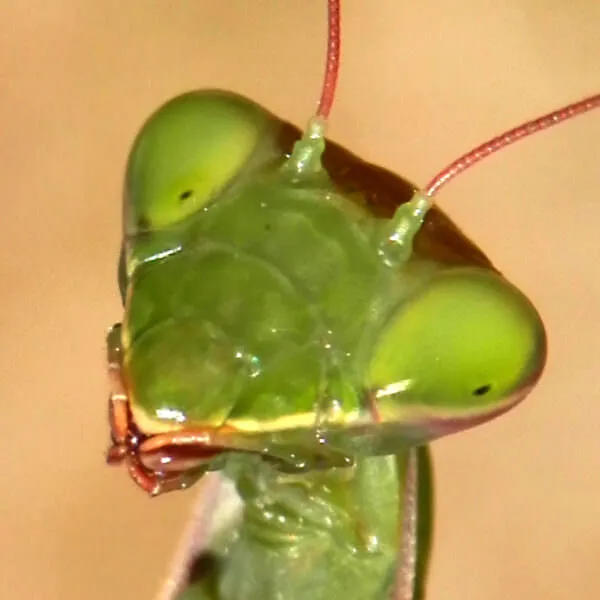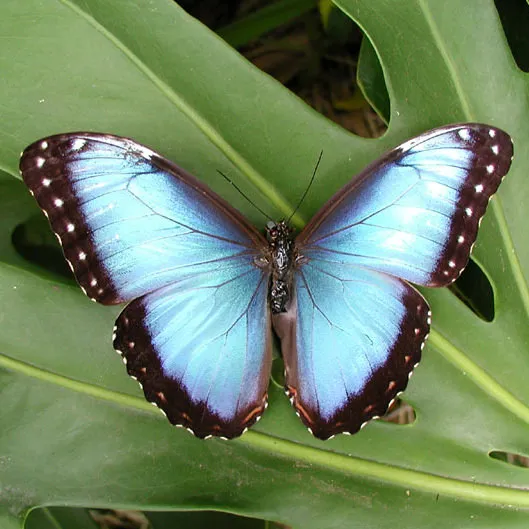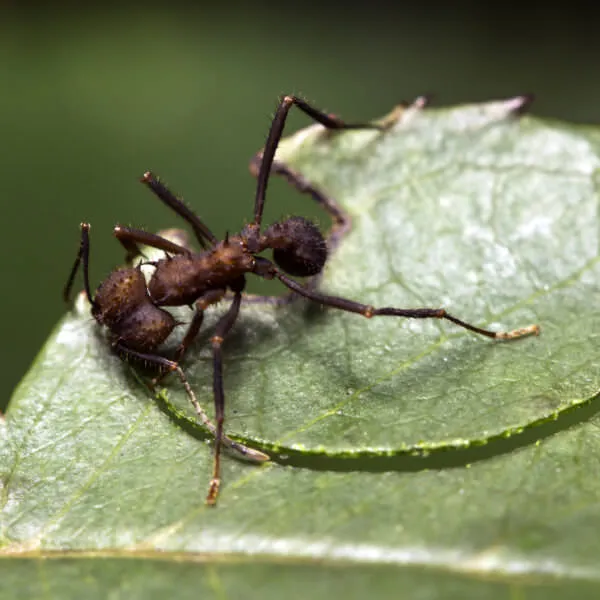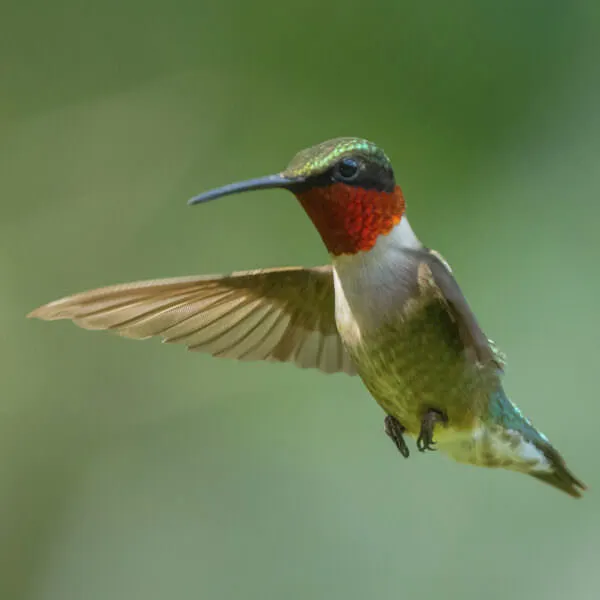Anatomy
The monarch butterfly is one of the most recognized butterfly species in Eastern Hemisphere. It has two pairs of beautiful orange-red wings marked with black and white stripes and a 4 inch (10 cm) wingspan. Their bright colored design helps warn predators of the poisonous chemicals contained within their bodies. Widespread, monarch butterflies can be found throughout North America, Central America and a majority of South America.
We're All In
Together, we're building a future where people and nature thrive. Sign up today and join our movement...
Habitat
Each year monarchs make an incredible journey of 1,200 – 1,800 miles (1,930 – 2,900 km) in order to travel from their over-wintering grounds in Mexico and southern California to their North America reproduction grounds. Even more amazing is that the butterflies that begin the journey are the great-great-great grandparents of the generation that returns to their hibernation grounds!
Diet
Monarch butterfly larvae feed almost exclusively on milk weed, the plant from which they gain their poison. Adult monarchs live on a diet of nectar and water.
Threats
With over 100 million butterflies, it is hard to imagine that the species could be facing serious threats. However, the monarch relies on relatively few over-wintering locations, many of which face destruction from illegal logging and deforestation. Over 90% of the species are hatched in reproduction grounds east of the Rockies and winter in the fir forests of the central highlands in Mexico. With only a few small locations in this region, the prospect of habitat destruction could decimate the population. Similarly, monarchs face a loss of their major food source—milkweeds—in the reproduction grounds to the north.
Sources
- Jukofsky, Diane. Encyclopedia of Rainforests. Connecticut: Oryx Press, 2002.
- Monarch Watch
- National Geographic
- The IUCN Red List of Threatened Species



